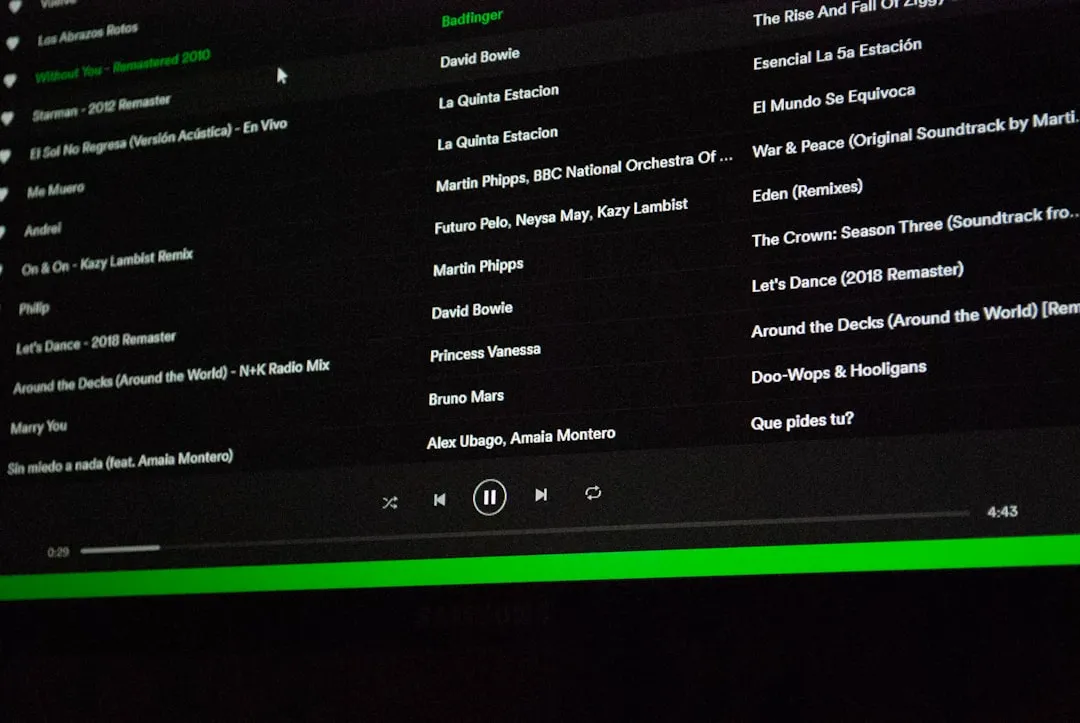Trending about Astronomy


forum
How to Detect Exoplanets with the Cheapest Equipment


forum
This is How You Can Help the SETI Institute Find Extraterrestrial Intelligence


forum
How YOU Can Look for Exoplanets from Home - Part IV






























Featured On WonderHowTo:
Productivity & Shortcuts










Featured On WonderHowTo:
Music & Audio









Featured On WonderHowTo:
Augmented Reality






Featured On WonderHowTo:
Gaming










































































































































































































